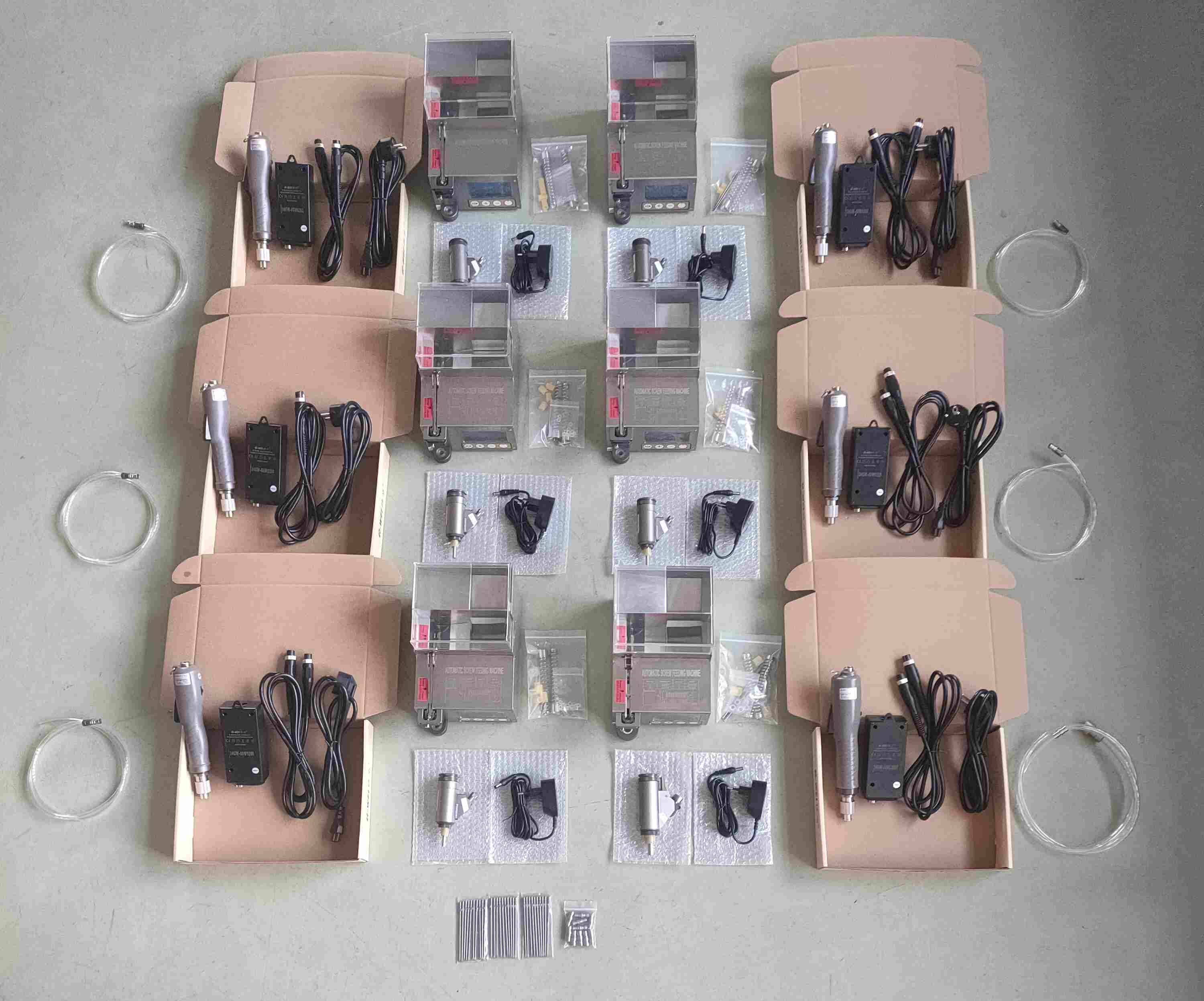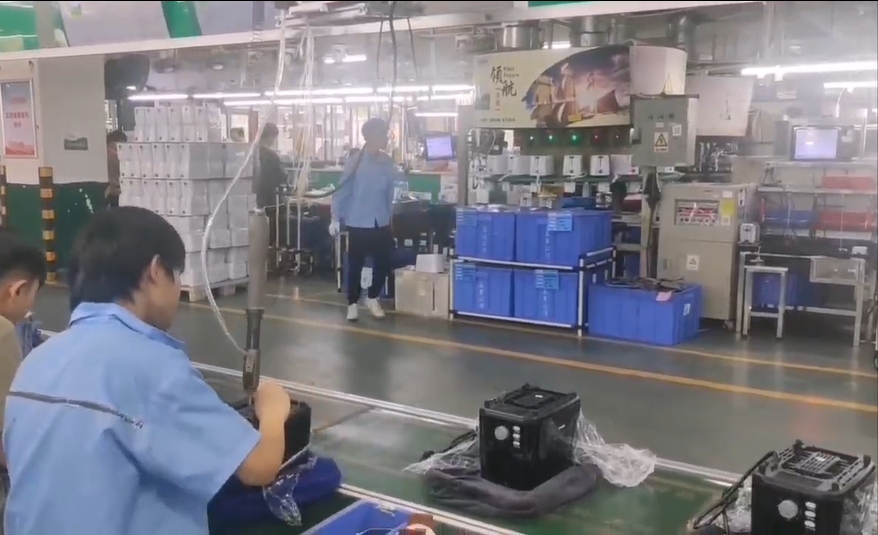In today’s competitive manufacturing environment, efficiency and precision are crucial to staying ahead. For companies like Dongguan Gewei Electronic Co., Ltd., which operate in the fast-paced electronics sector, streamlining assembly processes can make a significant impact on both productivity and profitability. One such advancement is the use of automatic screwdriver feeders, which offer a compelling return on investment (ROI) when compared to traditional manual screw-driving methods.

Why ROI Matters in Assembly Automation
Return on investment (ROI) isn’t just a financial metric—it's a strategic indicator of how quickly a business can recover its capital investment and begin to generate profit. In manufacturing, every minute saved in production time and every error avoided translates to real cost savings.
Manual vs. Automatic: A Side-by-Side Comparison
| Feature | Manual Operation | Automatic Screwdriver Feeder |
|---|---|---|
| Labor Requirement | High | Low |
| Error Rate | Higher (fatigue, human error) | Minimal |
| Speed | Slower | Faster |
| Consistency | Varies by operator | Uniform torque and placement |
| Long-term Cost | Ongoing labor costs | One-time equipment cost + minimal maintenance |
ROI Breakdown
1. Labor Cost Savings
Switching from manual to automatic screw-feeding can reduce the number of operators required per workstation. One machine can do the work of multiple people with greater accuracy, leading to annual labor cost reductions of up to 40%.
2. Increased Throughput
Automatic feeders typically double or triple the number of screws installed per minute. This increases daily output without additional labor, contributing directly to faster order fulfillment and increased revenue.
3. Reduced Defects and Rework
Manual operations are more prone to torque inconsistencies and screw misplacement, which can lead to product defects and costly rework. Automation ensures consistent quality, minimizing scrap rates.
4. Enhanced Employee Productivity
Automation frees skilled workers from repetitive tasks, allowing them to focus on higher-value responsibilities. This not only boosts job satisfaction but also optimizes overall workforce productivity.
5. Short Payback Period
With the right configuration, most companies recoup the initial investment in an automatic screwdriver feeder within 6 to 12 months through savings on labor, defects, and downtime.
In today’s competitive manufacturing environment, efficiency and precision are crucial to staying ahead. For companies like Dongguan Gewei Electronic Co., Ltd., which operate in the fast-paced electronics sector, streamlining assembly processes can make a significant impact on both productivity and profitability. One such advancement is the use of automatic screwdriver feeders, which offer a compelling return on investment (ROI) when compared to traditional manual screw-driving methods.
www.g-wei.com.cn
Dongguan Gewei Electronic Co., Ltd.


